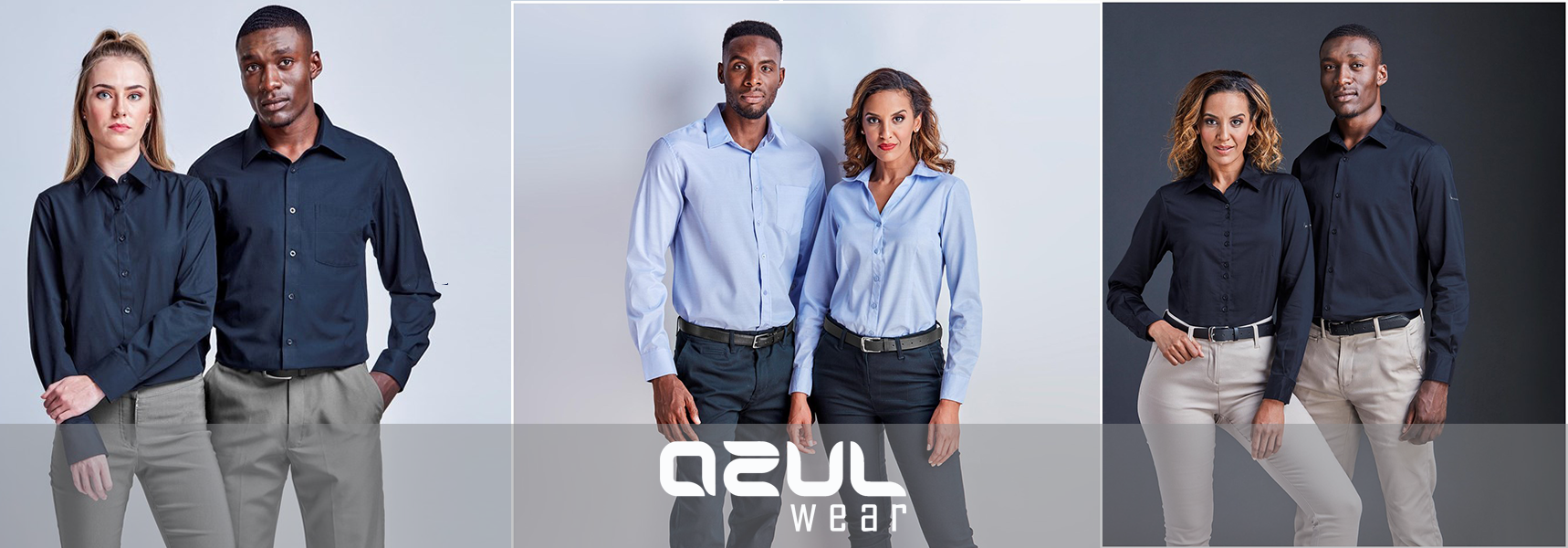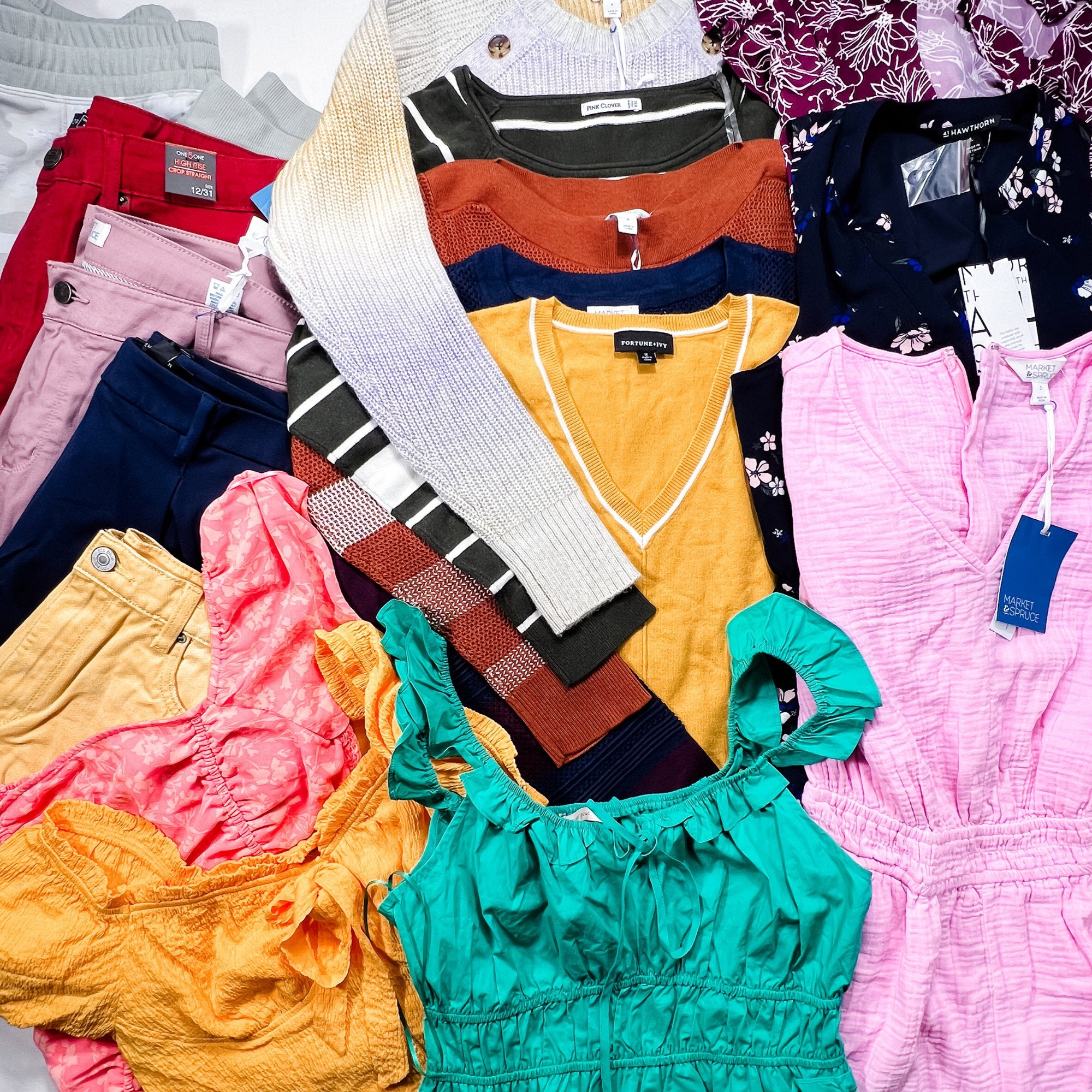Understanding Clothing: The Value of Material Options in Your Closet
The choice of textile in clothing plays a critical function in both visual appeals and capability. Various products use varying levels of breathability, longevity, and comfort, directly influencing the wearer's experience. Comprehending these nuances can boost one's closet significantly. Yet, several ignore just how these choices can impact not simply personal style, however additionally sustainability. What textile choices could redefine your closet and align it with both style and responsibility?
The Function of Textile in Fashion and Capability

Usual Textile Kinds and Their Features
When selecting clothing, recognizing the characteristics of usual textile kinds is vital for making educated selections. Cotton, a widely-used natural fiber, is recognized for its soft qualities, breathability, and versatility, making it appropriate for sportswear and everyday garments. Bed linen, one more all-natural choice, flaunts outstanding moisture-wicking residential or commercial properties and a distinctive texture, perfect for cozy climates.Wool, frequently favored for its warmth and resilience, varies in excellence; merino woollen is soft against the skin, while coarser types are used for outerwear. Synthetic materials like polyester and nylon supply longevity and resistance to creases, making them popular for activewear and travel garments. Blends, which combine artificial and natural fibers, can enhance capability while keeping comfort. By acknowledging these material qualities, people can choose apparel that aligns with their way of life and aesthetic preferences.
Breathability and Comfort: Selecting the Right Fabrics for Various Climates
Picking the ideal textiles for numerous environments can greatly improve convenience and total wearability. Breathable products are essential in warm climates, as they permit air circulation and dampness dissipation. Fabrics such as cotton, linen, and moisture-wicking synthetics successfully attract sweat far from the body, maintaining the wearer cool and completely dry. On the other hand, in colder environments, thicker fabrics like woollen or fleece offer insulation while retaining breathability, ensuring warmth without overheating.Additionally, the selection of material weight plays an essential function; lightweight fabrics are better for summertime, whereas much heavier alternatives are matched for winter months wear. Understanding the special homes of each textile enables people to dress appropriately for varying weather. Eventually, selecting breathable and comfortable materials tailored to certain climates can considerably improve everyday comfort and boost the general experience of wearing clothing.
Sturdiness and Treatment: How Textile Impacts Durability of Your Wardrobe
Picking the best products can significantly impact the toughness and care demands of a wardrobe. Fabrics such as cotton and polyester are recognized for their resilience and simplicity of upkeep, making them optimal for day-to-day wear. On the other hand, fragile materials like silk and shoelace require even more mindful handling and specialized cleansing methods, which can enhance the moment and effort needed for care. Branded Clothing.Durability is additionally affected by the textile's weave and finish; securely woven fabrics tend to resist deterioration far better than loosely woven options. In addition, artificial blends typically provide boosted durability, integrating the very best qualities of multiple fibers.Understanding the treatment guidelines for each fabric is essential, as improper washing or drying can bring about early wear. Eventually, choosing resilient materials can result in a longer-lasting wardrobe, lowering the regularity of replacements and adding to a much my blog more sustainable style option
The Effect of Material on Fit and Silhouette

Lasting Textile Selections: Making Eco-Friendly Decisions
The influence of fabric extends past fit and shape to incorporate environmental aspects, motivating an expanding rate of interest in sustainable fabric selections. Environmentally friendly textiles, such as organic cotton, hemp, and Tencel, are obtaining grip among consumers who prioritize sustainability in their closets. These products are typically created with less chemicals and water, decreasing their ecological footprint.Additionally, recycled fabrics, made from post-consumer waste, use a cutting-edge option to the fabric market's contamination issue. Brands increasingly welcome transparency in their sourcing methods, permitting consumers to make enlightened decisions concerning their purchases.Choosing sustainable textiles not only sustains honest methods but additionally urges the fashion business to take on even more responsible manufacturing methods. As recognition of environmental concerns rises, people are advised to show on the long-lasting influence of their material selections, cultivating a motion towards an extra eco mindful and sustainable method to fashion.
Boosting Style: Exactly How Fabric Can Change an Outfit
While numerous might focus on shade and cut when choosing an outfit, the selection of textile plays a necessary duty in elevating design and enhancing general look. Various products convey distinctive state of minds and messages; for instance, silk shows deluxe and class, while jeans provides a laid-back, kicked back vibe. The appearance and drape of a fabric can considerably modify the shape, with structured textiles giving a sleek look and softer ones creating a more fluid, kicked back aesthetic.Moreover, the weight of the textile affects wearability throughout periods. Light-weight textiles like bed linen and cotton are excellent for summertime, while larger products such as woollen and velvet give heat and style in cooler months. Understanding fabric residential or commercial properties, such as breathability and stretch, likewise equips people to make informed selections that boost convenience without compromising style. Ultimately, the ideal material can transform an outfit from common to remarkable, making it a vital consideration in any kind of closet.
Often Asked Inquiries
Exactly how Do I Recognize the Material Material of My Apparel?
To recognize fabric material, one can analyze useful reference care labels, conduct burn examinations for fiber recognition, or consult textile examples. These approaches aid set apart products, making sure informed selections for clothes treatment and maintenance in everyday wear.
Can Textile Choice Affect My Mood or Confidence?
Textile option can significantly influence a person's mood and self-confidence. Branded Clothing. Particular products may stimulate feelings of convenience or beauty, while others can feel restrictive or unflattering, inevitably affecting self-perception and psychological well-being throughout the day
What Fabrics Are Ideal for Sensitive Skin?
For people with sensitive skin, all-natural fabrics like bed linen, bamboo, and cotton are commonly advised. These materials are breathable, hypoallergenic, and less most likely to create irritation, making them ideal options for comfort and skin health and wellness.
Exactly how Do I Properly Wash and Care for Various Fabrics?
To correctly wash and care for various textiles, one must take into consideration each product's details requirements, consisting of temperature level settings, cleaning agents, and drying out methods, ensuring durability and preserving the material's original qualities for suitable usage.
Exist Details Fabrics for Athletic or Efficiency Wear?
Sports or efficiency wear usually utilizes fabrics such as polyester, nylon, and spandex. These products are created for moisture-wicking, breathability, and flexibility, enhancing movement and comfort throughout physical tasks while supplying resilience and assistance. On the other hand, in colder environments, thicker textiles like wool or fleece provide insulation while maintaining breathability, ensuring heat without overheating.Additionally, the selection of material weight plays an important function; lightweight fabrics are more effective for summer, whereas larger options are suited for winter season wear. In comparison, delicate materials like silk and shoelace need more cautious handling and specialized cleaning techniques, which can boost the time and initiative required for care.Durability is likewise influenced by the fabric's weave and surface; tightly woven textiles have a tendency to stand up to wear and tear much better than loosely woven choices. In contrast, rigid fabrics can restrict motion but supply a traditional, refined look.Moreover, the thickness and texture of the material can influence the aesthetic perception of body form. The effect of textile extends past fit and shape to encompass ecological aspects, motivating a growing rate of interest in lasting textile options. The texture and drape of a material can significantly modify the silhouette, with organized fabrics giving a polished appearance and softer ones creating a much more fluid, unwinded aesthetic.Moreover, the weight of the fabric influences wearability throughout periods.